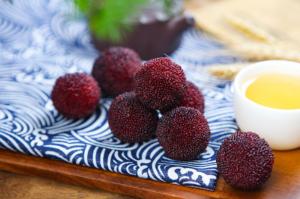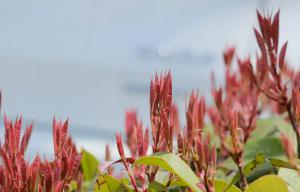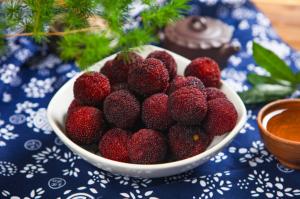Myrica rubra seed propagation
select the mature red bayberry fruit, peel the pulp with a knife to get the seeds, then dry them in a cool place, and preserve the seeds by wet sand layer storage. In the coming spring, the seeds will be sown in slightly acidic sandy soil with good air permeability, and then covered with transparent plastic film to create a microclimate, keep warm and moisturize and promote germination. It can be used as seedlings in the second year after emergence
Myrica rubra grafting propagation
generally, from the middle of March to the first ten days of April, the annual Myrica rubra seedlings after leaf removal are selected as rootstocks. When connecting, the parts more than 5 ~ 6 cm above the ground are cut off, and the 1 ~ 2-year-old Myrica rubra branches in the full fruit stage with strong growth and no diseases and pests are collected as scions. Generally, the scion is about 10 cm long and has 9-10 buds. The field practice shows that after the seedlings are grafted, the roots are sprayed with a small pot and covered with plastic film. After the interface is healed in 1-2 weeks, the survival rate is high
Ramet propagation of Myrica rubra
Myrica rubra is usually transplanted separately with large seedlings. It is best to transplant Myrica rubra cultivated for 3 ~ 4 years. Before transplantation, sufficient base fertilizer should be applied at the bottom of the tree hole. It should be noted that the large seedlings of Myrica rubra must be transplanted with soil mass to prevent root injury and water evaporation. When the seedlings of Myrica rubra rise, the soil around the soil mass should be excavated first, and the soil ball should be tied tightly with straw rope to prevent the soil mass from loosening pruning shall be carried out according to the tree type before planting bayberry to prevent excessive evaporation of water from causing dry branches and leaves. Put the seedlings into the planting hole and cut off the straw rope, so that the root soil can be closely combined with the land soil during filling. In order to make the straw rope rot as soon as possible, the surface of rhizosphere soil should be a little higher than the ground after planting, and water should be poured once after transplanting
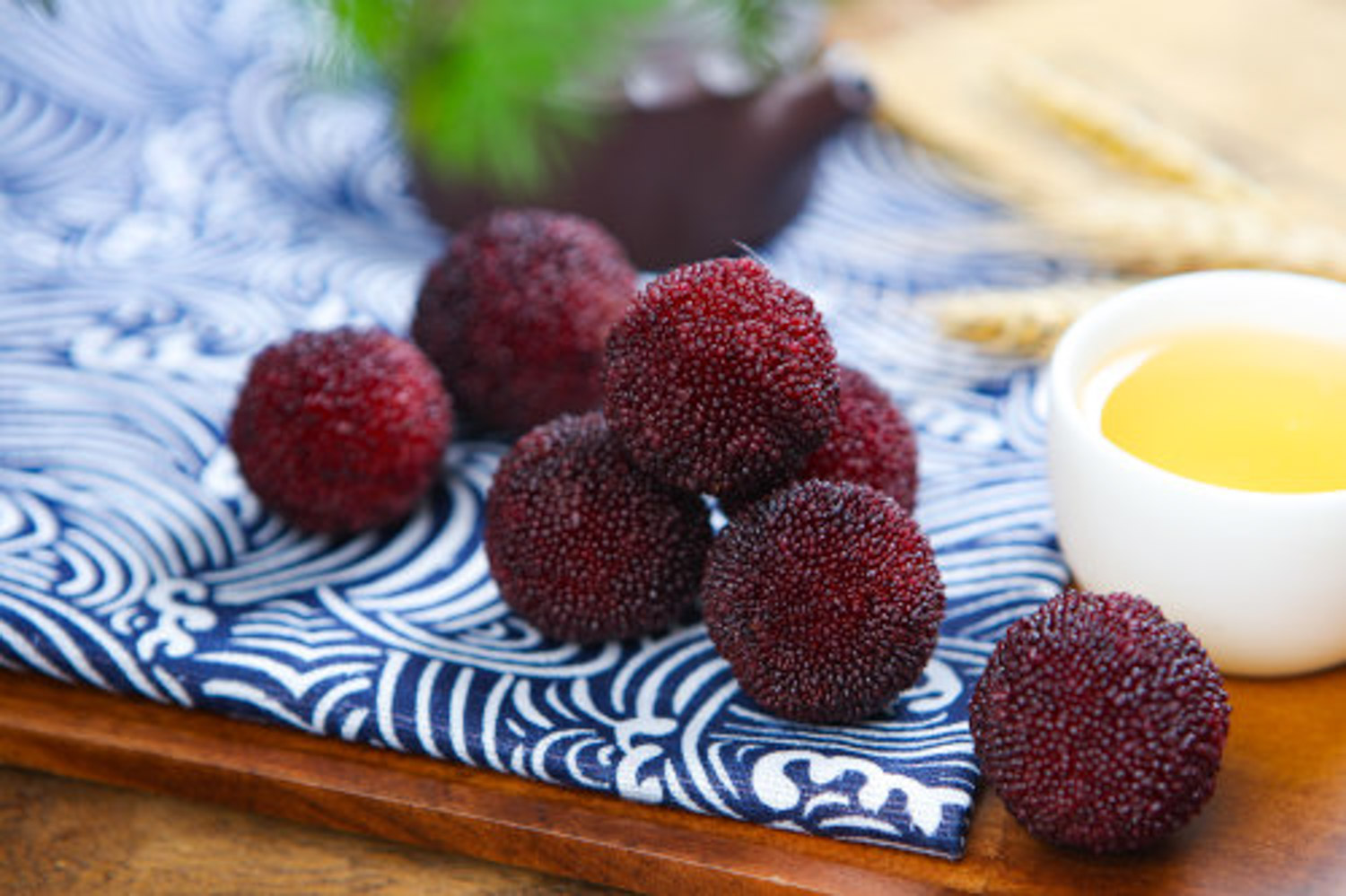
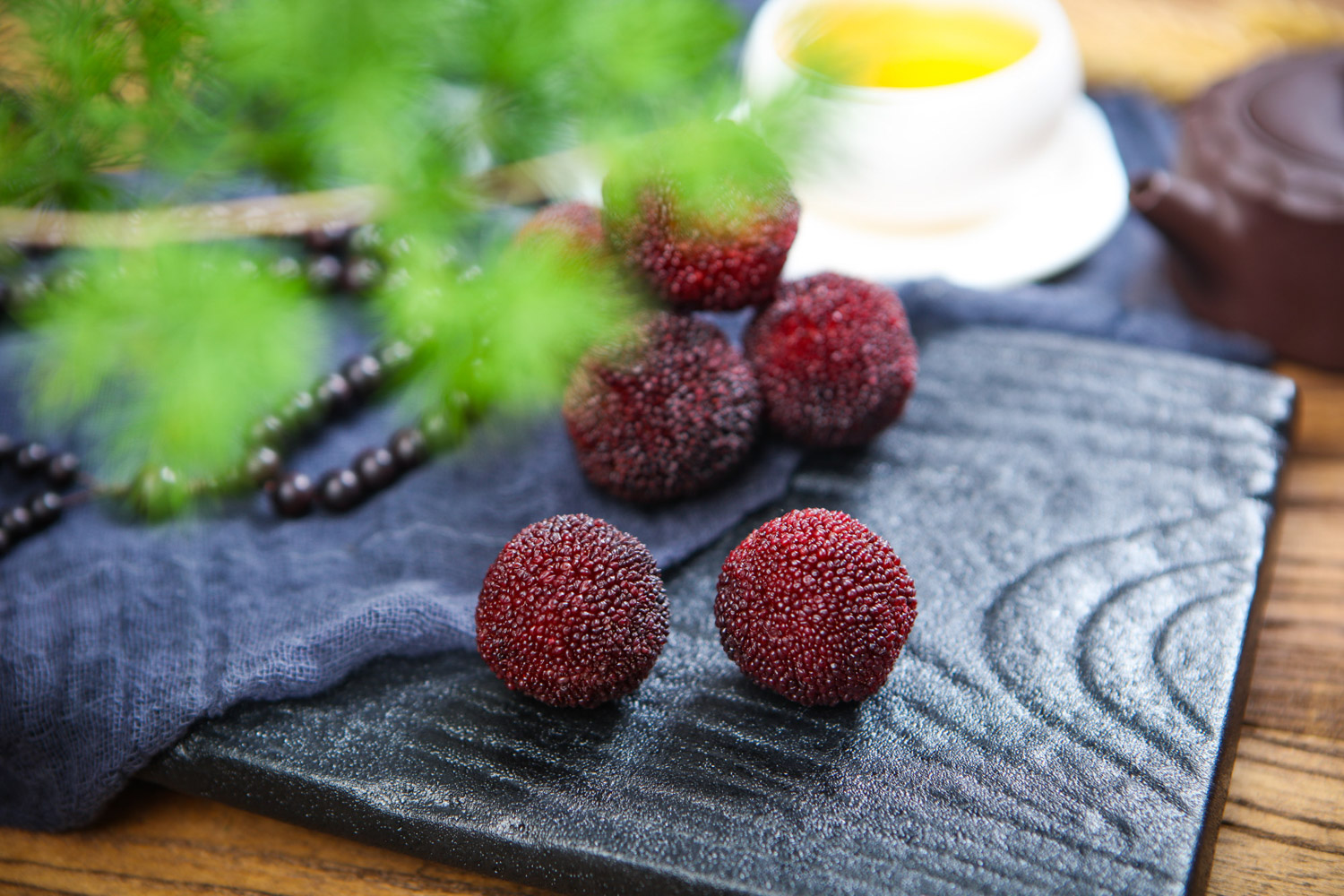

 how many times do yo...
how many times do yo... how many planted tre...
how many planted tre... how many pine trees ...
how many pine trees ... how many pecan trees...
how many pecan trees... how many plants comp...
how many plants comp... how many plants can ...
how many plants can ... how many plants and ...
how many plants and ... how many pepper plan...
how many pepper plan...